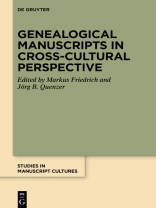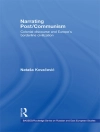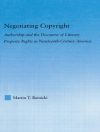Situating the history of genealogy in the ambit of manuscript studies, this volume explores how handwriting practices influenced the development of genealogies. It shows how lineages used handwritten documents in constructing and presenting their identity both to the outside world and to themselves. Genealogical handwriting is practiced in many manuscript cultures; this volume is the first to juxtapose studies from a wide variety of such cultures, ranging from East Asia, to West a...
Despre autor
Markus Friedrich, Universität Hamburg, Hamburg;
Jörg B. Quenzer, Universität Hamburg, Hamburg.
Cumpărați această carte electronică și primiți încă 1 GRATUIT!
Limba Engleză ● Format EPUB ● Pagini 343 ● ISBN 9783111383088 ● Mărime fișier 109.0 MB ● Editor Markus Friedrich & Jörg B. Quenzer ● Editura De Gruyter ● Oraș Berlin/Boston ● Publicat 2024 ● Ediție 1 ● Descărcabil 24 luni ● Valută EUR ● ID 10024773 ● Protecție împotriva copiilor Adobe DRM
Necesită un cititor de ebook capabil de DRM












